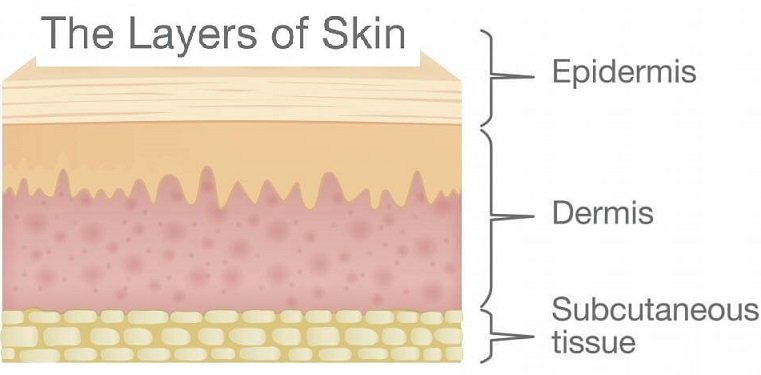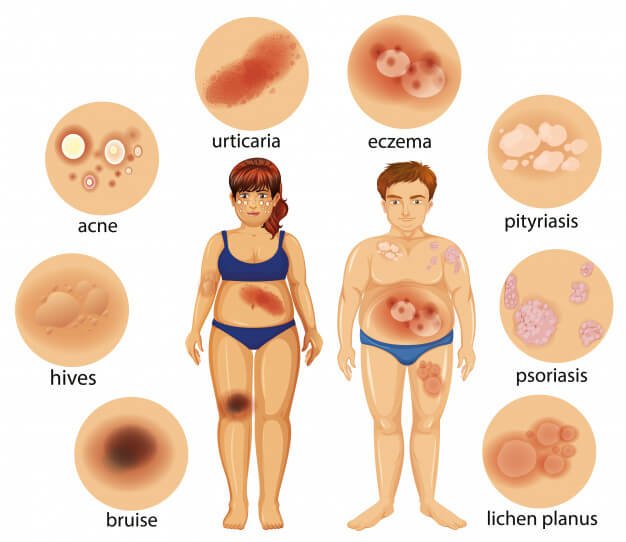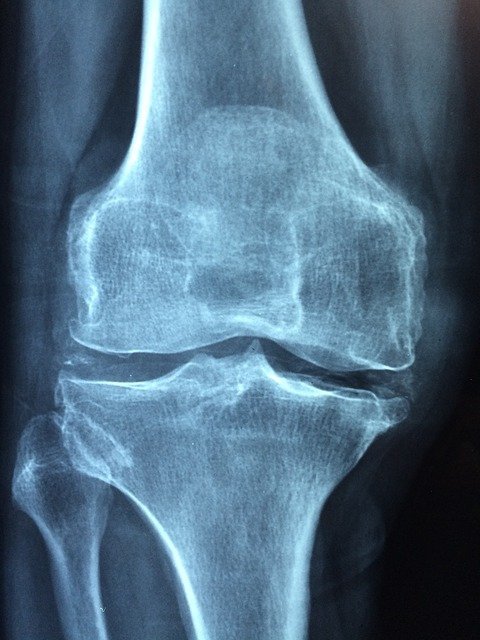Information on this site shall be considered as holistic, alternative and spiritual advice only. For medical advice and treatment a GP, medical professional and/or Certified Hijama Therapist should be consulted. In all circumstances where lifestyle changes, supplements, or other foods are suggested your GP should be consulted. Client Safety is the number one priority when addressing skin diseases.
Cupping / Hijama Points Treatment Plan for Skin Diseases
Allow 2-4 weeks between sessions – longer if required. Hijama Points shown for each session should ONLY be used to guide the therapist. Body size, cup size, and any other conditions need to considered and appropriate care and attention taken. The number of sessions shown can be increased or reduced depending on the condition of the client.
Complete Treatment Plan
Click here for Session 1Click here for Session 2
Click here for Session 3
Click here for Session 4
Click here for Session 5
Standard Wet Points – 1,55,49,120,129,6,7,8,11
Click here for Hijama Points on the front of the bodyClick here for Hijama Points on the back of the body
Click here for Hijama Points on the lower limbs of the body
If the client has a complicated history and numerous concerns then it is a good idea to use our online consultation service – click here.
Which body part or function is involved in Skin Diseases?
Skin is one of the largest organs in the body concerning the surface area and weight. It is made up of two layers: the superficial epidermis and internal dermis. Below the dermis is placed the hypodermis or subcutaneous fatty tissue layer.
The skin performs three major functions in the human body that include serving as the first line of defense, regulation, and sensation. Any abnormality or injury affects normal functions of the skin. The main function of the skin is to act as a mechanical barrier to protect the inner surfaces from hazards of the outer environment. The skin prevents mechanical effects and pressure, changes in temperature, micro-organisms, radiation, and chemicals and governs various factors of physiology, including body temperature via sweat and hair, and variation in peripheral circulation and fluid proportion via sweat. It also works as a reservoir for the synthesis of Vitamin D.
The skin contains a substantial network of nerve cells that recognize and deliver changes in the environment. There are different receptors for heat, cold, touch, and pain present in the skin enabling a person to sense the changes. Several skin disorders result in prolonged discomfort. While multiple skin disorders are secondary, others can reflect a more severe condition.
Multiple skin conditions cause severe skin issues in humans. Most often skin diseases can have the same symptoms, so it is crucial to recognize the differences between them. Skin conditions differ greatly in indications and severity. They can be short or lasting and may be painless or severe. Some have situational causes, while few may be hereditary. Some skin diseases are superficial, and others can be fatal. Several skin disorders result in prolonged discomfort. Some may start in childhood and continue into adulthood. In some cases, the condition will not always be present but will show up at particular times. While multiple skin disorders are secondary, others can reflect a more severe condition.
What are the symptoms and effects of Skin Diseases on the body?

Skin diseases can be divided into various types depending on the severity some skin diseases are superficial, and others can be fatal. Several skin disorders result in prolonged discomfort. See your doctor if you think you might carry one of these common skin problems.
Acne – Commonly breakouts on the face, neck, shoulders, chest, and upper back. Breakouts on the skin appear like blackheads, whiteheads, pimples, or deep, painful cysts and nodules. Usually leave scars or dull the skin if left untreated.
Cold sore – Red, painful, fluid-filled blister that occurs around the mouth and lips. The affected area will continually prickle or boil before the sore is apparent. Outbreaks may also be supported by mild, flu-like symptoms such as low fever and body pains.
Blister – Indicated by watery, clear, fluid-filled lumps on the skin. May be fragile than 1 cm (vesicle) or larger than 1 cm (bulla) and emerge single or in groups.
Hives -Itchy, lifted welts that are after exposure to bacteria. Red, warm, and mildly sensitive to the touch. Can be small, round, and ring-shaped, or broad.¨
Rosacea – A chronic skin condition that goes through processes of fading and reversion. Reversals may be caused by spicy foods, alcoholic beverages, sunlight, stress, and the intestinal bacteria Helicobacter pylori.
Symptoms And Causes: Most skin infections are viral and caused by interaction and exposure to the infected one. While some of them are bacterial cause by the entrance of foreign organisms on the skin. Acne is a skin condition that arises when your hair follicles become clogged with sebum and dead skin cells. Its most common symptoms are whiteheads, blackheads or pimples.
Acne is most often among teenagers, though it involves people of all ages. Cold sores are small, fluid-filled blisters on the surrounding area of lips. These blisters are mostly grouped in patches. Following the blisters rupture, a scab forms that can stay for many days.
A cold sore is a viral disease spread from person to person by personal contacts. They’re generally caused by herpes simplex virus type 1, and typically herpes simplex virus type 2. Both of these viruses can impact your mouth or genitals and can be affected by oral sex. The blister bubble develops on the epidermis, the superficial layer of skin. Its purpose is to protect and ease the layers underneath. Blisters can be clogged with serum, plasma, blood, or pus based on how and where they are created. Many actions and conditions can trigger blistering. Such as friction, temptation extremes, chemical exposure, crushing, and pinching.
Hives are most often causes are foods, medications, and infections. Insect bites and diseases may also cause hives. patches of red or skin-colored welts (wheals), which can occur anywhere on the body. Welts that change in size, change shape and seem and vanish oftentimes as the reaction moves its course. The cause of rosacea is anonymous, but it could be due to a blend of genetic and environmental factors. Rosacea is not the result of bad hygiene. The common symptoms of rosacea:
- Facial redness
- Swollen red bumps
- Eye problems
- Enlarged nose
What changes in diet can help improve symptoms of Skin Diseases?

It is progressively clear that what you eat can cause a big effect on the health and condition of your skin:
- Fatty fish – Omega-3 fatty acids are significant to help maintain skin thick, supple, and moisturized
- Avocados – The fats and vitamin E boost many functions for the healthy growth of your skin.
- Walnuts – contain many factors that make them an excellent food for healthy skin.
Changes in lifestyle which can help Skin Diseases
As mentioned most skin diseases spread by exposure to the infected individual, so if there is an infected person near you avoid the close interaction and keep your hands sanitized, take healthy foods to build immunity, clean the affected area with swabs and follow the medications prescribed by the doctor.
Possible alternative remedies for Skin Diseases
There are multiple home remedies that can help you with common skin diseases:
- For Acne – you can try Lemon extract, Apple cider vinegar, honey, and cinnamon mask, and tea tree oil. For cold sores – lemon balm, peppermint oil, tea tree oil.
- For hives – soaking in a colloidal oatmeal bath. topical corticosteroid application to the area.
- For blisters – baseline and petroleum jelly are most recommended.




